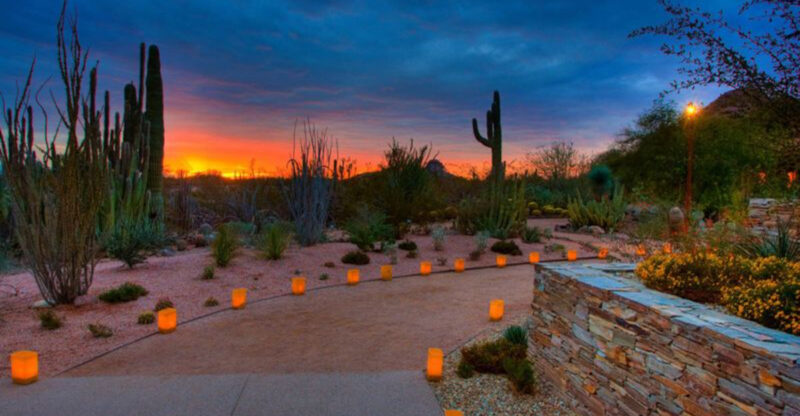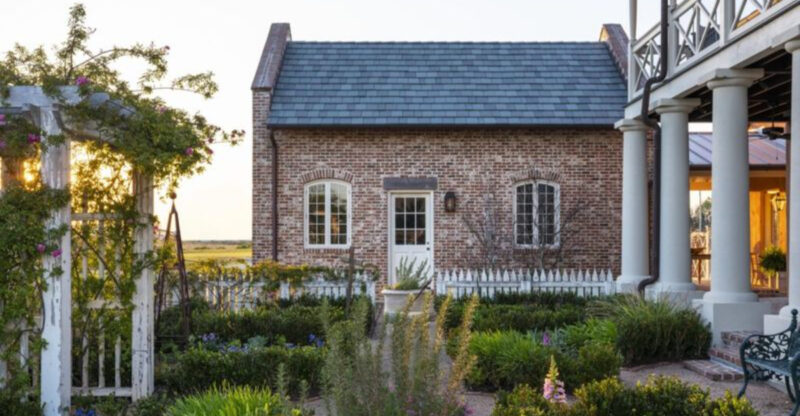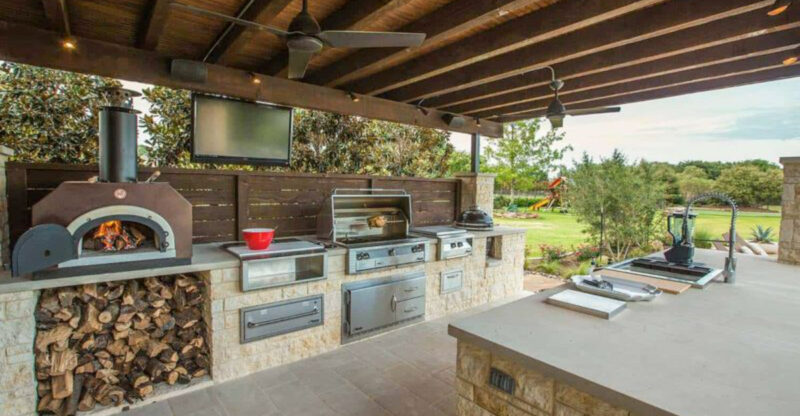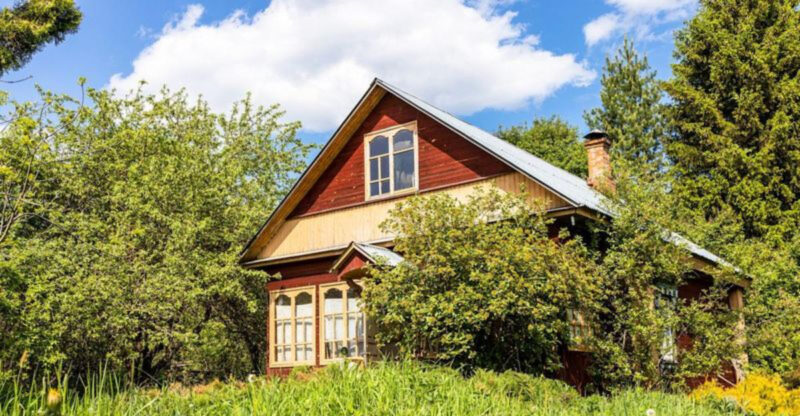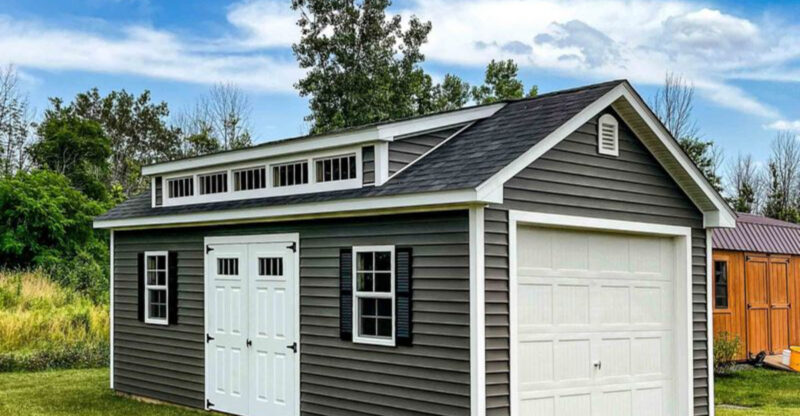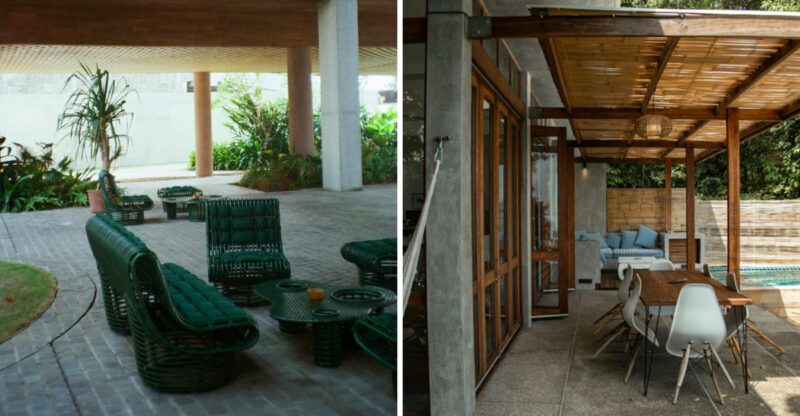15 Terrace Designs From New Mexico That Keep Things Cool
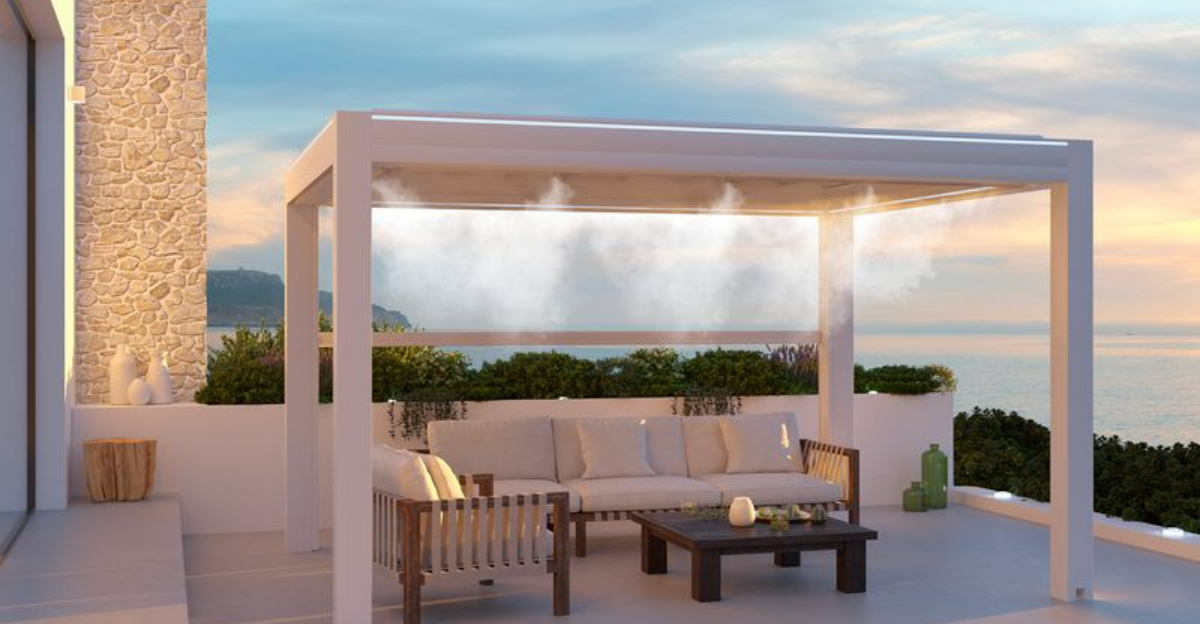
New Mexico’s scorching summer heat can make outdoor living spaces unbearable without proper design. Fortunately, clever terrace designs across the state showcase brilliant ways to create cool, comfortable outdoor retreats even when temperatures soar.
I’ve gathered 15 innovative terrace designs from the Land of Enchantment that beautifully combine traditional techniques with modern approaches to beat the heat.
1. Adobe Walls with Built-in Seating
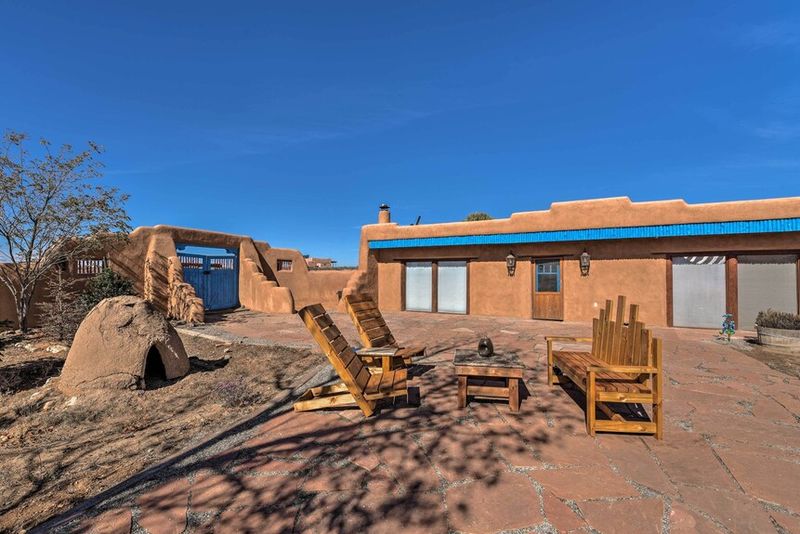
Thick adobe walls surrounding terraces aren’t just beautiful – they’re natural temperature regulators! The earthen material absorbs heat during the day and releases it slowly at night, creating a naturally cooler microclimate around your outdoor space.
Traditional New Mexican homes have used this technique for centuries. I’ve seen modern interpretations incorporate built-in bench seating along these walls, providing both thermal mass and functional seating areas without cluttering the space.
2. Latilla Shade Structures
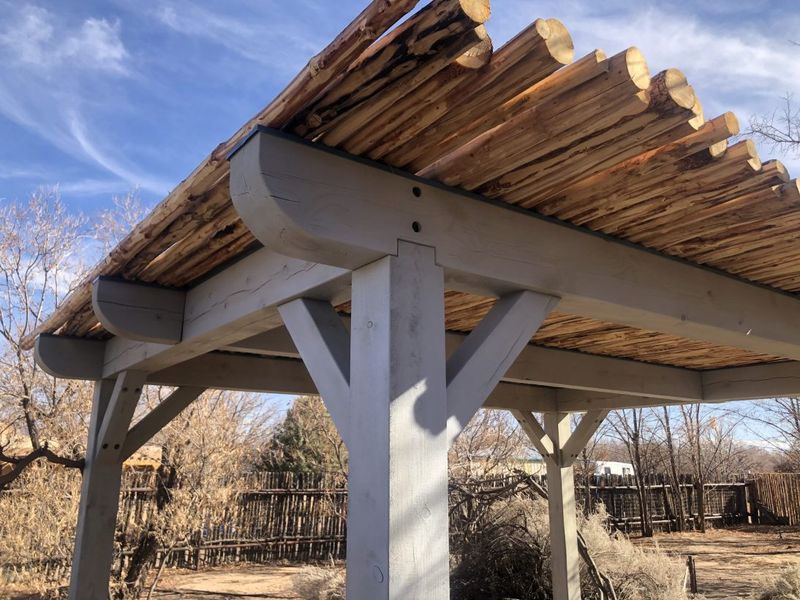
Walking beneath a latilla shade structure feels like instant relief from the blazing New Mexico sun. These traditional wooden roof elements consist of peeled branches or saplings arranged in geometric patterns to filter sunlight while allowing air circulation.
Many homeowners combine latillas with climbing vines for additional cooling. The dappled light creates beautiful shadow patterns across the terrace floor throughout the day, adding visual interest while significantly reducing heat gain.
3. Recessed Terraces with Bancos
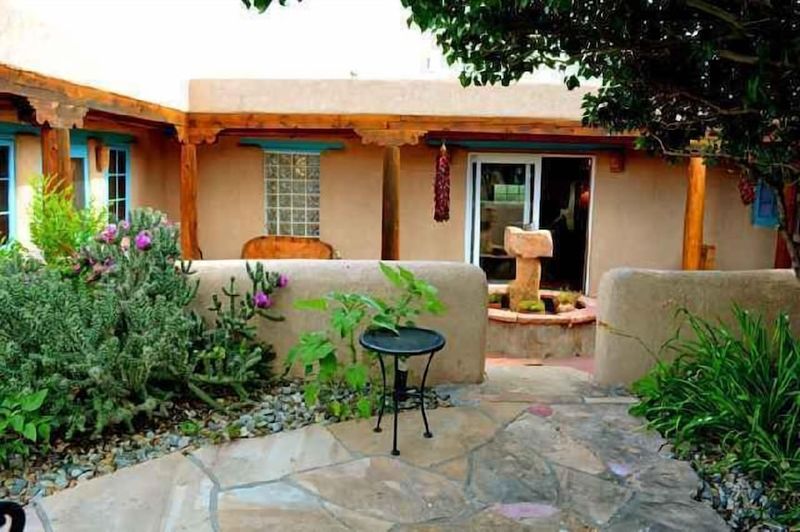
Sunken terraces, or ‘bancos,’ offer natural wind protection and cooler temperatures. By positioning the terrace below ground level, these designs take advantage of the earth’s consistent temperature to create a naturally cooler environment.
Stone or adobe benches built directly into the walls provide seating without sacrificing precious floor space. I’ve visited homes in Santa Fe where these recessed terraces stay comfortable even during the hottest afternoons, with temperatures noticeably lower than street level.
4. Portal-Style Covered Patios
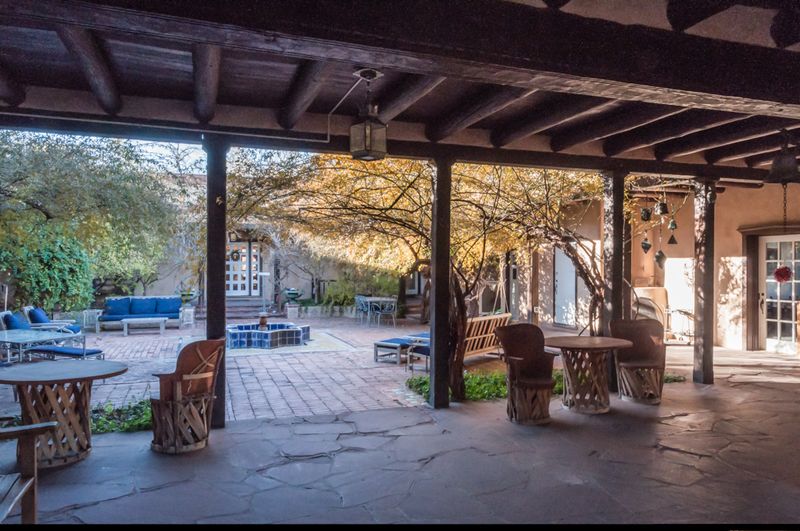
Portal-style covered patios represent classic New Mexican architecture at its finest. These deep, shaded verandas typically feature heavy timber vigas (ceiling beams) and latillas that support a substantial roof, creating all-day shade.
The roof thickness provides crucial insulation against heat transfer. Wooden posts supporting the structure are often hand-carved with traditional designs, adding authentic regional character while creating a cool outdoor living space that functions as an extension of the home.
5. Cooling Water Features
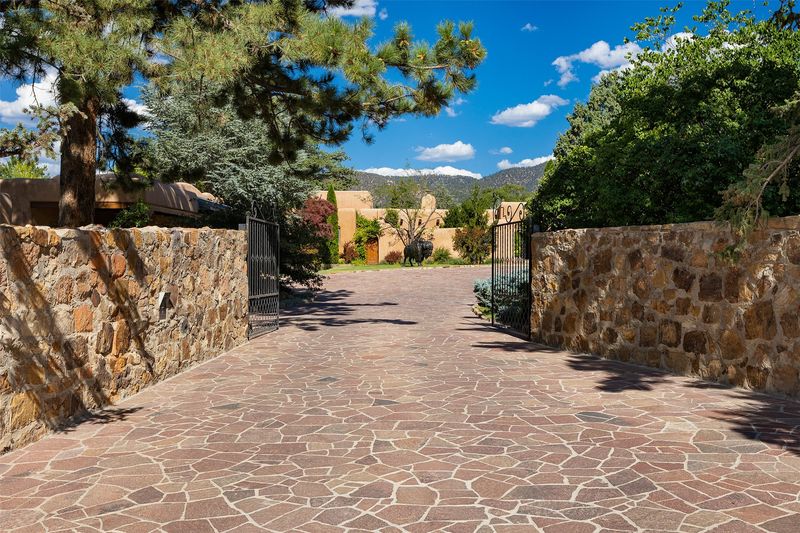
The gentle sound of flowing water instantly makes any space feel cooler. Many New Mexico terraces incorporate traditional acequia-inspired water channels or contemporary reflecting pools that provide both psychological cooling and actual temperature reduction through evaporation.
Blue-tiled fountains against earthy adobe walls create stunning visual contrast. I particularly love designs that circulate water through small irrigation channels around the terrace perimeter, cooling the air before it reaches seating areas.
6. Native Shade Trees
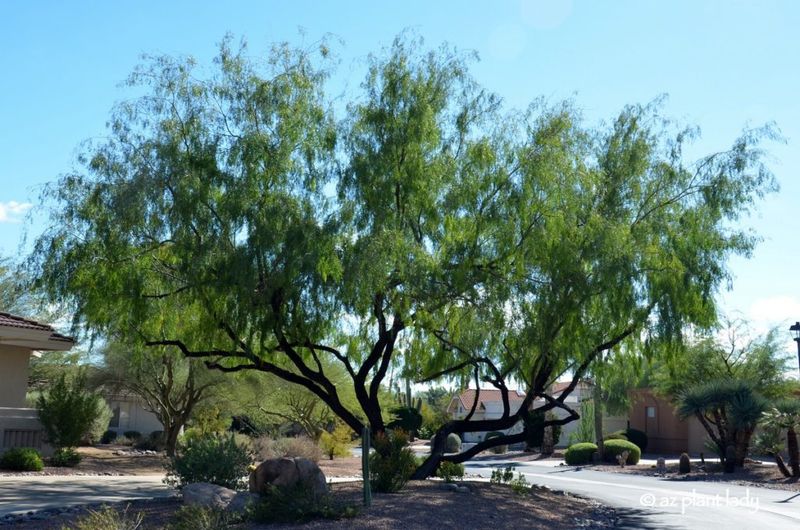
Strategic placement of native trees creates natural air conditioning for terraces throughout New Mexico. Desert-adapted species like desert willow, New Mexico olive, and netleaf hackberry provide dappled shade without excessive water demands.
Deciduous varieties offer perfect seasonal adaptation. They provide cooling shade during scorching summers while allowing warming sunlight to reach the terrace during winter months. The microclimate under these trees can be 10-15 degrees cooler than surrounding exposed areas.
7. Cooling Mist Systems
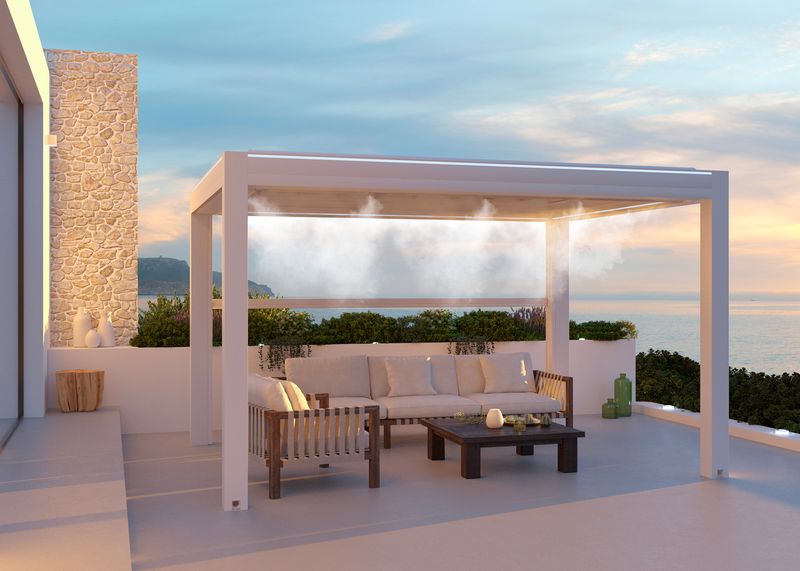
Modern misting systems have revolutionized outdoor comfort in New Mexico’s arid climate. Nearly invisible nozzles mounted along pergola edges or terrace perimeters release ultra-fine water droplets that evaporate before reaching surfaces, instantly cooling the surrounding air without creating wetness.
Some homeowners integrate these systems with smart controllers that activate based on temperature thresholds. The cooling effect can reduce ambient temperatures by up to 20 degrees while using minimal water – crucial in water-conscious New Mexico.
8. Wind-Catching Tower Designs
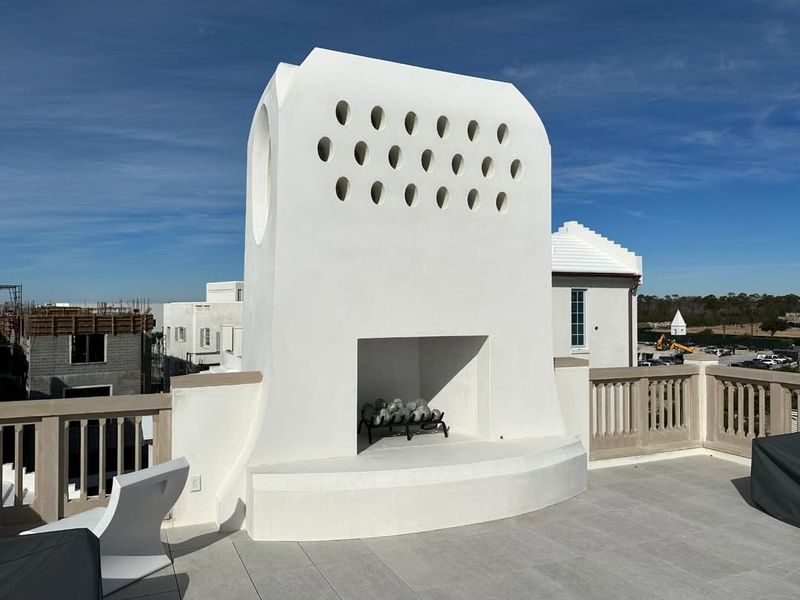
Borrowing from ancient Middle Eastern architecture, some innovative New Mexico homes incorporate wind-catching towers that funnel passing breezes down to terrace areas. These vertical structures create natural air circulation without electricity.
The towers are typically positioned to capture prevailing winds. They’re often decorated with traditional southwestern motifs or colorful tiles. This passive cooling technique works remarkably well in New Mexico’s climate, where afternoon breezes can provide welcome relief from the heat.
9. Ramada Structures with Fabric Panels
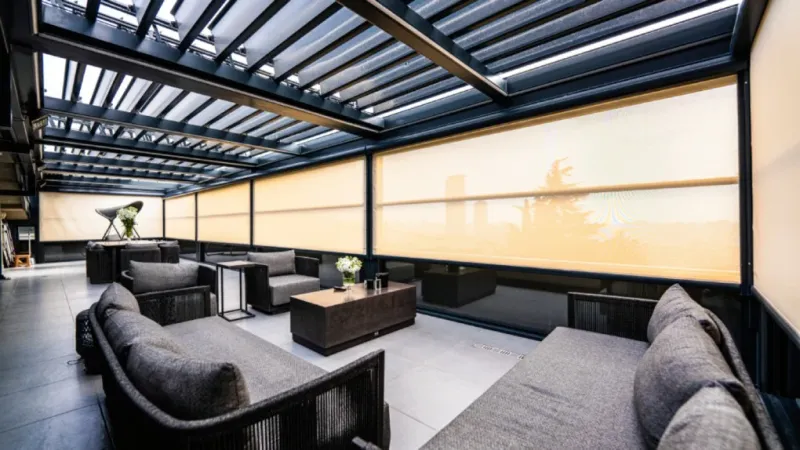
Ramada structures – open-sided shade pavilions – gain versatility when combined with removable fabric panels. Fixed overhead wooden slats provide consistent shade while side panels can be adjusted throughout the day to block low-angle sun or capture cooling breezes.
The fabrics themselves add vibrant color to outdoor spaces. Many homeowners choose UV-resistant materials in southwestern patterns that complement their home’s architecture. Unlike solid walls, these permeable barriers allow air movement while still providing effective shade.
10. Cooling Terracotta Floors

Terracotta flooring remains surprisingly cool underfoot even on scorching days. This traditional material’s thermal properties make it ideal for New Mexico terraces, as it absorbs nighttime coolness and releases it slowly throughout the day.
Saltillo tiles in warm earth tones complement adobe architecture beautifully. Many homeowners enhance the cooling effect by occasionally misting the tiles with water during extreme heat. The natural porosity allows slight evaporative cooling without creating slippery surfaces.
11. Vertical Gardens and Living Walls
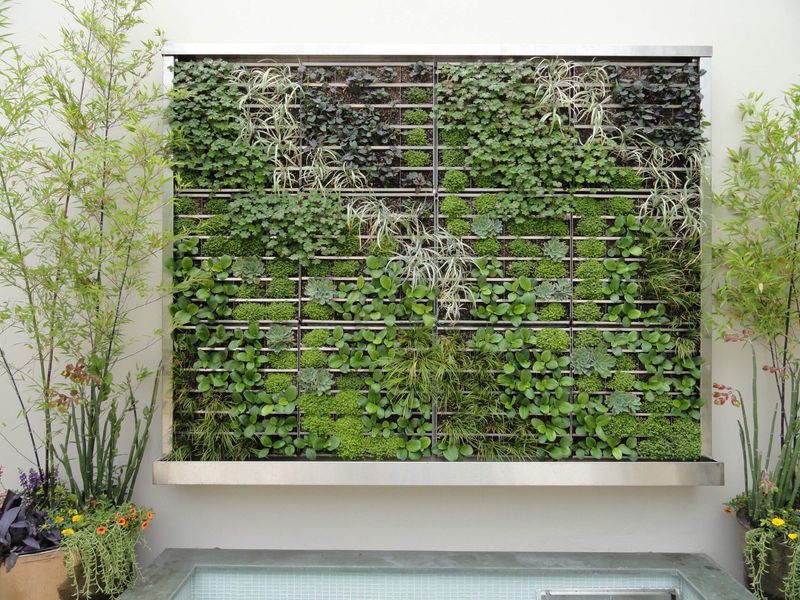
Living walls transform New Mexico terraces into cool, oxygen-rich retreats. These vertical gardens feature drought-tolerant native plants that transpire moisture throughout the day, naturally cooling the surrounding air through a process similar to evaporative cooling.
Succulents, small native grasses, and flowering perennials create textural interest. The plants themselves provide shade while their transpiration can lower ambient temperatures by several degrees. Plus, they add beautiful greenery without taking up valuable floor space on smaller terraces.
12. Cooling Plunge Pools
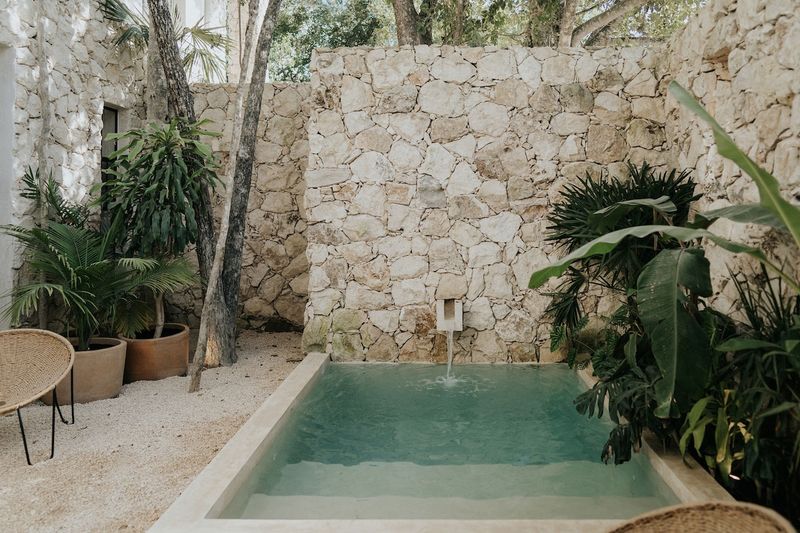
Small plunge pools offer instant relief from New Mexico’s intense heat without the footprint of a full-sized swimming pool. These compact water features, often just 8-10 feet across, provide cooling through both immersion and evaporation.
Many incorporate traditional tile work or stone coping that complements southwestern architecture. I’ve seen beautiful examples where the pools are positioned to reflect mountain views or sunset colors. Even without getting in, the water’s surface cools the surrounding terrace area through evaporation.
13. Underground Cooling Ducts
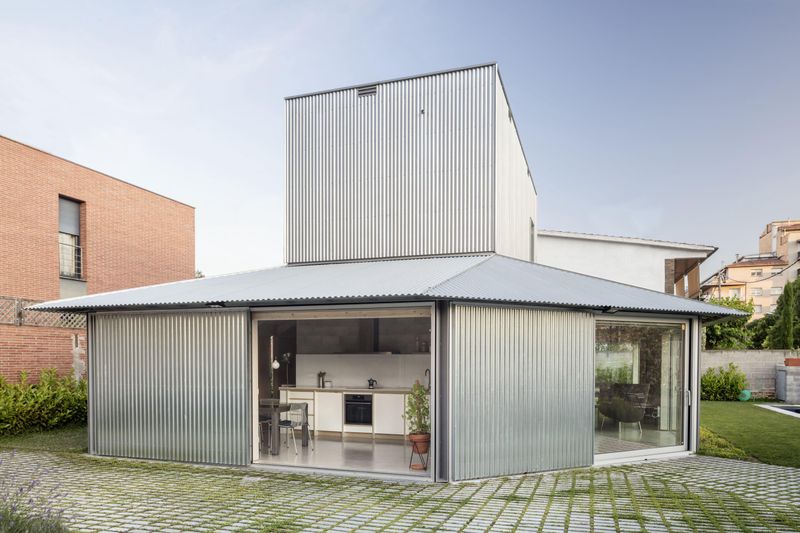
Some innovative New Mexico homes utilize underground cooling ducts inspired by ancient Persian systems. These passive cooling channels direct air through underground passages where it’s naturally cooled by the earth before emerging on terraces.
The system requires no electricity yet can reduce air temperatures by 10-15 degrees. Decorative grates where the cool air emerges often feature artistic southwestern patterns. This ancient technology works perfectly in New Mexico’s climate, where the substantial day-night temperature difference charges the system naturally.
14. Elevated Terraces with Breeze Corridors

Elevated terraces designed with strategic openings create natural breeze corridors that funnel cooling winds across outdoor living spaces. By analyzing prevailing wind patterns, architects position these terraces to maximize air movement during hot summer months.
Railings often incorporate partial screens that direct airflow without blocking views. The height advantage captures breezes that might not reach ground level. I’ve enjoyed evenings on these terraces where the temperature feels significantly cooler than surrounding areas simply due to consistent air movement.
15. Reflective Roof Structures
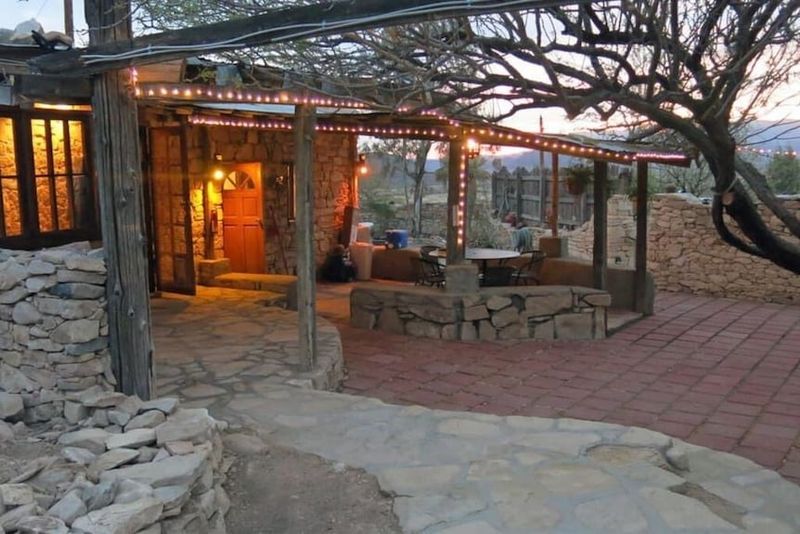
White or light-colored roof materials dramatically reduce heat absorption on covered terraces. These reflective surfaces bounce solar radiation away rather than absorbing it, keeping the space below noticeably cooler throughout the day.
Modern terraces often combine traditional vigas with reflective metal or specialized cooling membranes. Some homeowners add photovoltaic panels that generate electricity while providing shade. The temperature difference between terraces with dark versus light-colored roofing can be as much as 20 degrees on the hottest days.

